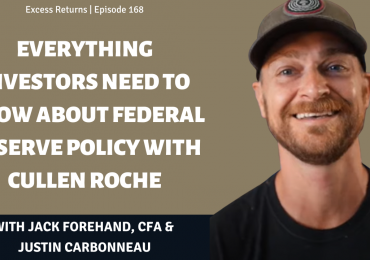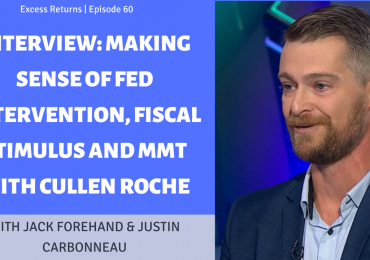The Economic Cycle Research Institute finally threw in the towel on its off-the-mark 2012-13 recession call earlier this month. But given the firm’s stellar long-term track record, ECRI’s take on where the economy is heading now — and why it missed the mark on its recession call — are important to understand.
ECRI says many economists posit that recessions are caused by exogenous shocks that then ripple across the economy; they engage in “nowcasting” — the process not of forecasting recessions but of being quick to identify when downturns are already occurring. ECRI, on the other hand, says it actually uses a series of leading indicators to identify endogenous cyclical forces that “periodically open up windows of vulnerability” in the economy. “Once the economy enters such a state of cyclical vulnerability, an exogenous shock can easily tip it into recession. Because such shocks tend to arrive sooner or later, an economy’s entry into a susceptible state – as signaled by the endogenous cyclical forces subsumed in our leading indexes – is almost always followed by recession.” Very often these external catalysts come in the form of oil price shocks, interest rate hikes, or stock market volatility, the group says.
ECRI stands by its assessment that the economy entered a “window of vulnerability” in the fall of 2011. The problem with its recession prediction, however, was that no exogenous shock came to tip the US into recession. “Unexpectedly, the cyclical volatility of U.S. economic growth – as measured by the three-year centered standard deviation of year-over-year (yoy) growth in ECRI’s U.S. Coincident Index (USCI) – plummeted below 0.6 by late 2011 from a three-decade high the previous year,” ECRI says. “It has now stayed below that threshold for two straight years – the longest stretch on record, having dropped in Q4 2012 to a low surpassed only in 2005. This goes way beyond a return to the Great Moderation, all the way to the Greater Moderation.”
One big reason for the “Greater Moderation”: the big increase in US oil production. “Despite a fairly normal pattern of supply disruptions, oil price volatility fell to a four-decade low in 2011-13,” ECRI says. “This happened, in large part, because of what’s been called the fastest ramp-up in oil production in history, creating an unusual period devoid of oil shocks.”
Meanwhile, massive quantitative easing efforts across the globe were making for a stock market with unusually low volatility. “Because of the singular absence of oil shocks, abetted by the drop in stock price volatility, economic cycle volatility plunged, and stayed at extreme lows for the longest period on record,” ECRI explains. “This happened even as trend GDP growth clearly downshifted further.”
While we didn’t get a recession, ECR says that we did get the worst “non-recession” in over half a century. And the group thinks that exogenous shocks will return, with oil price volatility already having picked up. “With or without Fed rate hikes, progressively lower trend growth has now made it easier to open up a window of vulnerability,” it says. “The critical implication – with secular stagnation or some variation thereof now being widely acknowledged – is that most major developed economies, including the U.S., are operating closer to the edges of their windows of vulnerability. So, unless the Greater Moderation ushered in by rock-steady oil prices becomes a reliable feature of the economic landscape, we may be closer to the next recession than many believe; the only question is when it will arrive.”
In an interview with the New York Times, ECRI chief Lakshman Achuthan said the economy “has been about as weak as it could be without falling into recession. We don’t see a recession on the horizon right now. But growth has been so low that there isn’t much leeway.”


